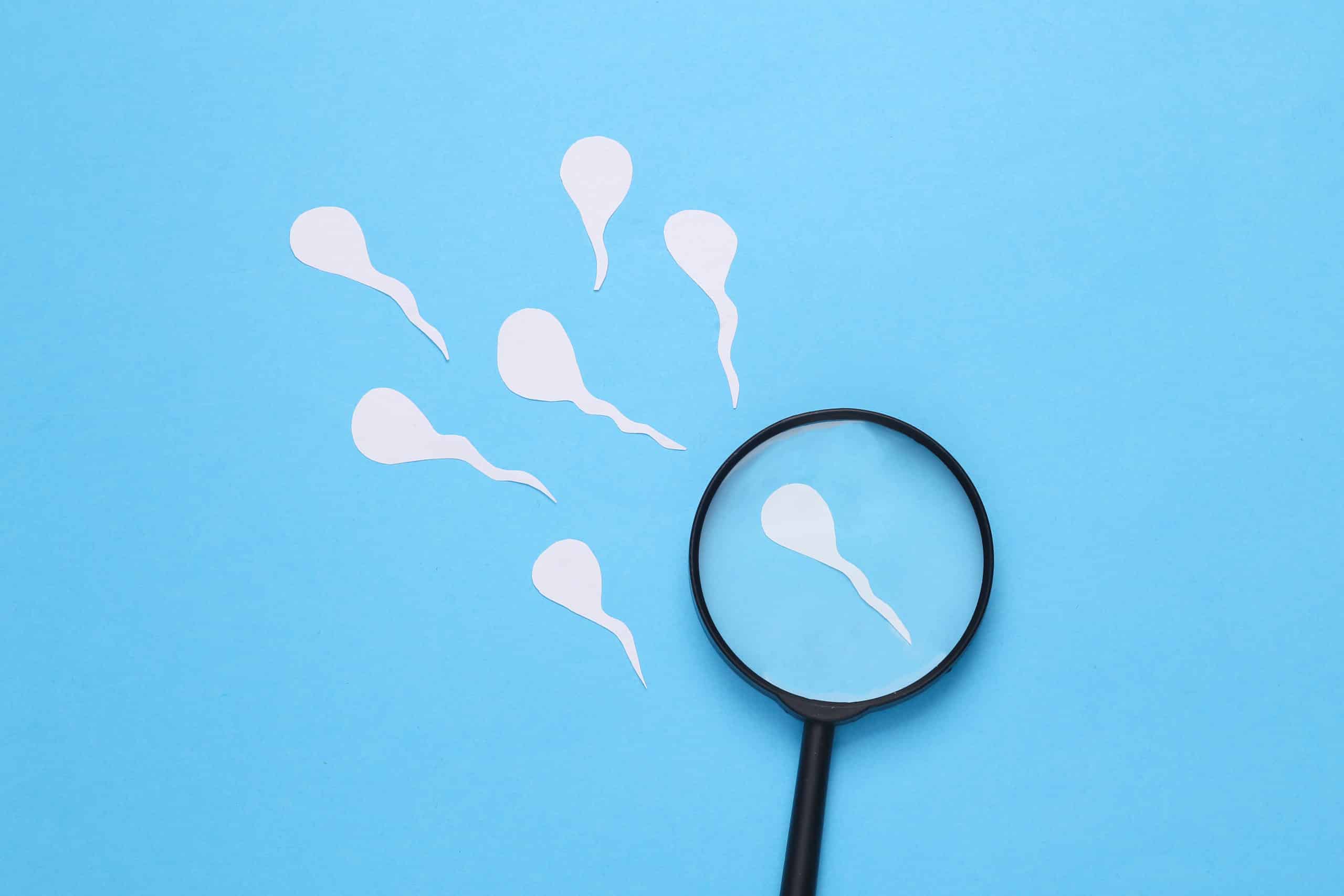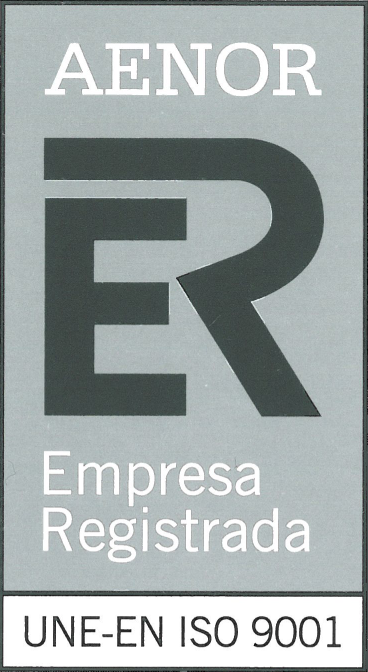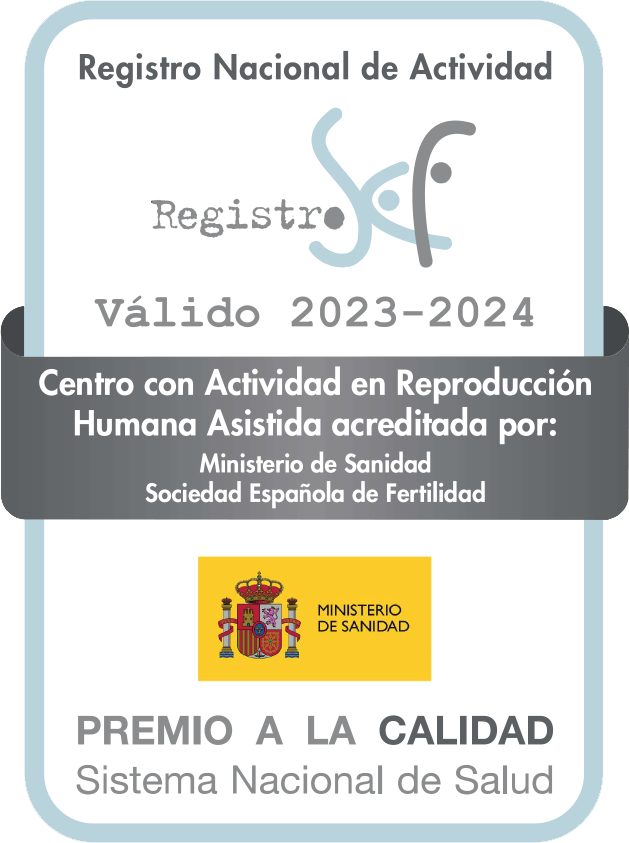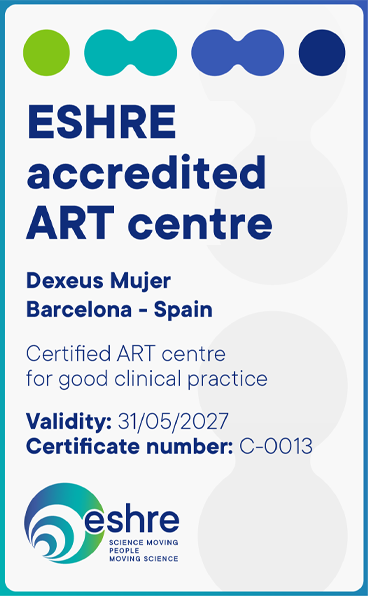If you are thinking of becoming a couple of mothers, the Reciprocal IVF method (also Reception of Oocytes from Partner or ROPA) is a great choice: it allows couples to share the experience of motherhood from the very first moment, it increases mutual understanding and involves a shared physiological effort. Moreover, in Spain, it gives both mothers the same rights and responsibilities regarding the future baby. Although it is a little more expensive than conventional in vitro fertilisation or insemination, those who choose it are certain it is worth it because it is such a special experience.
On the occasion of International LGBTQ+ Day, celebrated on 28 June, we want to dedicate this post to offer some advice on this treatment, with the help of Dr Roser Solernou, a fertility specialist at our clinic.
Before making any decisions, ask for an ovarian reserve assessment for both of you. you may already know who wants to donate eggs and who wants to carry the pregnancy. Usually, if you are both under 35 years of age, it makes no difference to your chances of success. But if you are approaching 40, it is essential to know your ovarian reserve, as eggs lose quality over the years. The one with the best ovarian reserve is normally the best candidate to donate the eggs. A blood test and a transvaginal ultrasound scan are enough to find out.
Medical tests: in addition to considering your age and ovarian reserve, it is important to assess whether any of you has gynaecological (fibroids, endometriosis) or non-gynaecological diseases that may make pregnancy more difficult or not advisable, as well as any hereditary diseases. For this reason, in addition to a gynaecological ultrasound, it is essential that both of you have a complete blood test and a karyotype (a test to confirm that your number of chromosomes is correct). You should also both have a smear test and, depending on your age, a mammogram.
Is it worth doing a more extensive chromosomal study? It depends. There is a type of genetic disease that can go undetected. They are called recessive hereditary diseases because they only develop when the baby inherits the genetic mutation associated with the disease from both parents. In other words, if the embryo receives an altered gene from the egg, but the gene from the sperm is normal, or vice versa, you can rest assured that the baby will not develop the disease. However, if both have the mutation and it is transmitted, then the baby will develop the disease. At Dexeus, we recommend and carry out a specific test (qCarrier test) to detect this type of disease, both for the patient who is going to donate the eggs and for the sperm donor, in order to ensure that there are no genetic compatibility problems between the two.
If one of you has a phobia of needles: it may seem silly, but it is important that you bear this in mind, because to donate eggs you have to undergo an ovarian stimulation treatment that requires injecting medication for about 12 days. It is very easy, and the nurse will explain how to do it during the consultation. However, if this is too hard for you, you can always come to our clinic to have the medication injected until you are confident enough to do it yourself.
In Catalonia, you don’t need to be married. In Spain, this treatment is only performed in private medical centres and only if the patients are legally married. But Catalonia is an exception, since the Catalan Civil Code allows intra-partner egg donation without the need to be married, although you will have to prove that you are a resident of Catalonia.
If the cost of the treatment is holding you back: reciprocal IVF is somewhat more expensive and usually takes longer than other treatments because it requires medical tests and a complete gynaecological check-up for both of you, as well as other medical check-ups to assess your state of health. In addition, there is an ovarian stimulation process (for the egg donor) and an endometrial preparation process for the recipient in order to be able to transfer the embryo once it has been fertilised. However, the pregnancy rate is higher than with insemination.
If you do not rule out having siblings: it is important to obtain as many eggs as possible in the stimulation treatment to increase the chances of having more available embryos. This avoids having to undergo a new treatment in a few years’ time. Although with the study of the ovarian reserve, we can estimate what the response to the stimulation will be, until you carry out the process, you won’t know how many extra embryos you can freeze for the future.
If you are worried that the baby will look more like one of you than the other: the baby will inherit the genetic information and phenotype of the egg donor (physical features, height, complexion). The sperm donor, however, is chosen based on the phenotypic traits of the woman who is going to carry the baby so that the baby will have phenotypic traits of both.
Shared healthy lifestyle: as both of you are directly involved in the whole process, you must both maintain healthy lifestyle habits (eat well, sleep at least 7-8 hours a day and exercise regularly). This will help you encourage each other and carry out the process in the best possible conditions.
Is it possible to have a simultaneous pregnancy? What about twins? Twin pregnancy is always discouraged because it presents a higher risk of complications, so doctors always recommend transferring only one embryo. On the other hand, simultaneous pregnancy is not forbidden, but it is not advisable, as in the event of complications arising you will not be able to give each other the same attention and care if you are both pregnant at the same time.
If you are interested in finding out more, you can request an initial consultation with a gynaecologist to ask any questions you may have. This consultation is very helpful, as it also allows you to better assess whether this treatment may be the most suitable for you and what are the chances of success in each case.





